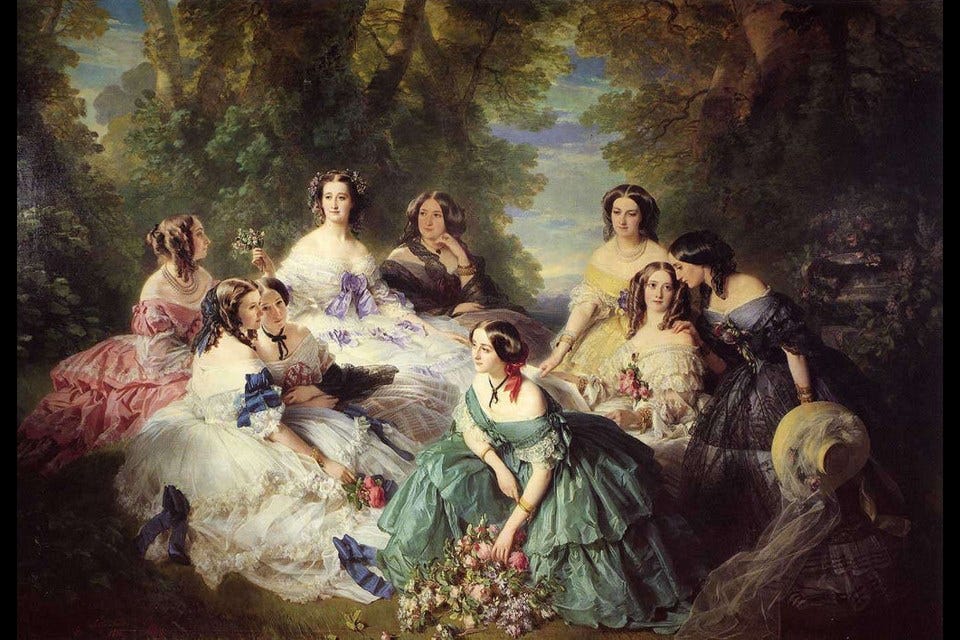I have contemplated many times what to write for my next column and find the act of choosing what to write about has always been a hurdle for me to scale. I have been accustomed to deadlines and stories to cover as a local journalist. Our newspapers, as many throughout the country have fallen into the hands of corporate investors, hedge funds and the like. With daily & weekly newspapers being gutted, I decided to go out on my own and write content and commentary that you may find useful and even entertaining with links to other interesting and factual information, especially in my part of the world here on the redwood coast.
After I give you a sense of place, I want to share with you the story of some of our local critters starting with a segment on Anna’s Hummingbird.
Today we had 24 mph winds and it has been cold. I have a hummingbird feeder and I had to figure out how to stabilize it from swinging wildly in the wind like a carnival ride! I made it happen and hummingbirds were able to hang on and feed. More about that further on.
Our small town of Fort Bragg’s population is 6,983. Fort Bragg is the hub for the surrounding unincorporated coastal communities at the rugged edge of the Pacific Ocean (39.4457° N, 123.8053° W). We are a coastal outpost in Mendocino County. The county has a total area of 3,878 square miles (10,040 km2), of which 3,506 square miles (9,080 km2) is land and 372 square miles (960 km2) (9.6%) is water. Compare that to the State of Rhode Island which is 1,214 Square miles, or Delaware at 1,954 Square miles or Connecticut at 4,845 sq. miles. Fort Bragg is one of the official four incorporated cities in the county.
As our whole world has been shaken up by a global pandemic, political divisions, war and conflicts, life goes on.
Here in our little place on this vast planet we are still waiting for broadband. We can see the satellites orbiting in the dark night sky amongst the brilliant stars. We are also still grappling with the closing of the former lumber mill. The fishing industry is still operating but not as robust as it once was. Fishing has declined in recent years due to the salmon crash and uncommon weather pattern impacts due to climate change. Logging and gravel mining are still happening in this county and many of the forests have become large scale plantations at best and some areas have clear cut and parceled out for development (if wells can be dug for water). It is said that there are 120,000 acres, or 5 percent (down from over 2 million + acres) of the original redwood forest in existance.
According to the Save the Redwoods League 340,000 acres of redwood forestland in California (about half the size of Rhode Island) are owned by federal, state and local agencies.
The City of Fort Bragg being a former mill town, most of the city was logged to make way for homes, businesses , storefronts, banks, - and all that makes up a small town. The forest and ocean are a backdrop for us.
So that is a brief description of my so called “neighborhood” here.
The critters we share this land with are many—fox, deer, great blue herons, brown pelicans, ravens, hummingbirds, bobcats, coyotes, weasels, skunks, opossum, moles spotted owls, snowy plovers, cormorants, seals, river otters, bald eagles, woodpeckers, California quail, wild turkey. Bears and mountain lions rarely stray down close to town but they do in the nearby areas. We have many threatened and endangered species protected under the California Endangered Species Act (https://wildlife.ca.gov/Conservation/CESA).
I have a tiny, enclosed backyard but I do often run across foxes, skunks, racoons, moles, deer and even an opossum and even hear owls at night in my immediate neighborhood and right outside my door.
I am learning more about our resident local and migrating (traveler) hummingbirds. I have my hummingbird feeder up and I meticulously make sure it stays clean and free of mold. Hummingbirds are tough and hardy creatures.
Anna's Hummingbird is a native year-round resident here and their nesting season is happening now. As the story goes, Anna's hummingbirds are named after Anna Massena, Duchess of Rivoli. Read the interesting story here with an interesting connection to John James Audubon: https://www.vancouverisawesome.com/courier-archive/community/who-was-anna-vancouvers-official-bird-has-royal-pedigree-3052311

What to feed hummingbirds?
Never ever use honey, raw turbinado or brown sugar or artificial sweeteners in your hummingbird feeder.
“The iron in brown sugar is harmful to hummingbirds and Hummingbirds, being very tiny birds with fast metabolisms, must eat a lot of food to survive. Since they are so small, they are susceptible to excess dietary iron buildup in their system. The oversupply of iron is stored in the liver and is toxic to liver cells” (Source: https://www.hummingbirdspot.com/single-post/2018/03/05/no-raw-no-organic-no-turbinado-no-brown-sugar-and-probably-no-honey)
Here’s the recipe for Hummingbird feeders:
1. Combine four parts hot water to one-part white granulated sugar (not powdered sugar)
2. Stir until the sugar is completely dissolved.
3. Let it cool to room temperature and then add it to the feeder.
You can Store any extra sugar water in the refrigerator for about up to a week, but I rarely do that.
Here is a short video of my hummingbird feeder. I was listening to the Music for Strings, Percussion and Celesta (1936) by Béla Bartók and it picked up on the video! A very fitting sound track..eh? If you wish to hear the full score:


